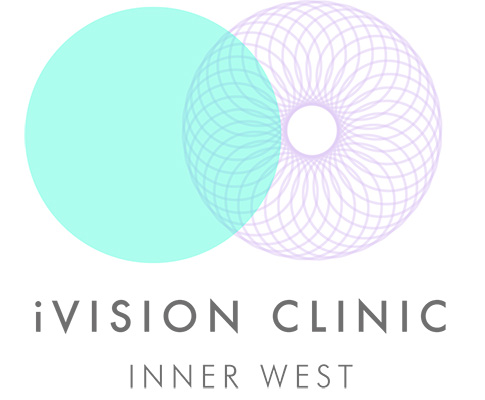Kerarings are a treatment for keratoconus. They are small plastic semicircular rings surgically implanted into the cornea. Once inserted, they flatten the corneal surface and improve vision.
Kerarings can also slow down the progression of keratoconus and avoid or delay the need for corneal transplant.
Dr Tess Huynh has special training in the Keraring procedure.

Who can have Kerarings implanted?
Your eye specialist will determine whether Kerarings are a good option for your needs after extensive eye examinations and a comprehensive evaluation. The rate of success of the Keraring procedure depends on the severity of your keratoconus.
In general, the Keraring procedure is used for people:
- With progressive keratoconus
- Who have become intolerant to contact lenses and potentially require corneal transplant
- Who developed keratoconus after laser vision correction
- With highly irregular corneas following corneal surgery
- With highly irregular astigmatism following corneal transplant
If you have severe keratoconus or extensive corneal scarring, Kerarings are probably not a good option. They may not be suitable if you have allergies that cause you to rub your eyes a lot.
What happens during a Keraring procedure?
The Keraring procedure is minimally invasive, meaning the incisions made are very small and healing time is short. It is an outpatient procedure.
Kerarings are implanted under topical anaesthetic (eye drops). You will be awake but you will not feel any pain.
Using a surgical microscope, your eye specialist will use specially designed micro surgical instruments to make tiny (1 mm) cuts in the cornea. A tunnel is then created to allow implantation of the Keraring. In most cases the cuts are so small that they seal by themselves.
You will be able to go home shortly after the procedure.
What happens after a Keraring procedure?
You will be able to resume most of your regular activities 2–3 days after the procedure. You will need to avoid getting water in your eyes during a shower or bath. You may also need a protective eye patch at night to prevent rubbing your eyes during sleep.
Most people will experience some blurred vision, itching, redness and light sensitivity. These symptoms can be managed with some prescribed medication.
It is recommended that you avoid swimming, sauna, heavy exercise and rubbing your eyes for at least 1 month after the procedure.
You may notice vision improvement a few days after the procedure, but the final effect can take around 12 weeks. During this time your vision may be variable. You will most likely still need to wear contact lenses or glasses – the procedure does not correct refractive errors. Your specialist may prescribe temporary correction until a final prescription after 3 months.
